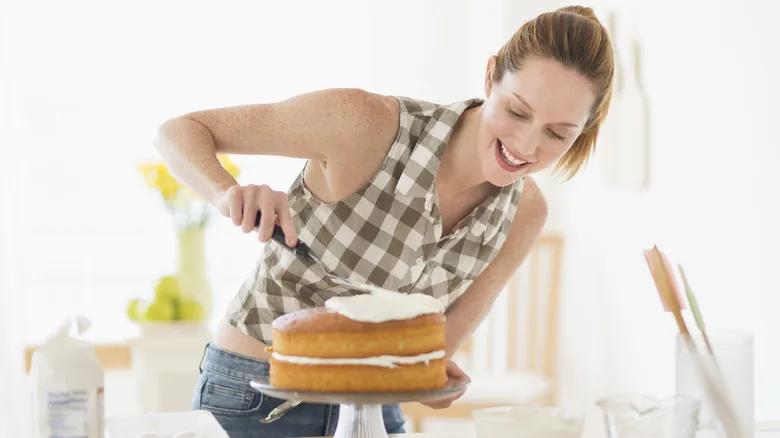How To Decorate Your Cake Using A Paper Towel
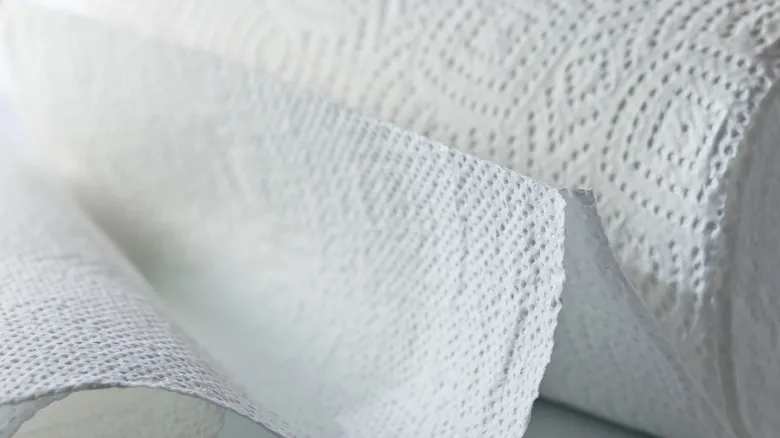
The method is straightforward. Begin by taking a paper towel and gently yet firmly pressing it into the chilled frosting. Continue this pattern across the top and sides of the cake to create miniature swirls, florets, diamonds, or any lace-like filigree that the paper towel can leave behind. Following a few simple steps will lead to success.
Start by applying a thin crumb coat to the cake and letting it chill. This layer helps prevent loose crumbs from adhering to the paper towel and fills in any small imperfections on the cake's surface. It also ensures that the main layer of frosting adheres properly.
Next, apply one or more layers of frosting and smooth it out as best as you can. For optimal results, use a cake decorating spatula, such as the OXO Good Grips offset spatula. Chill the cake for an additional 30 minutes to allow a slight crust to form. Make sure you have enough frosting to cover the cake adequately. Choose a sturdy, lint-free towel; this is not the time for flimsy options from the dollar store. Gently press the embossed design into the top and sides of the cake, and voilà!
This technique works best with a crusting buttercream frosting that firms up after being chilled in the refrigerator, thanks to the combination of butter and shortening in the recipe. Softer frostings, like whipped cream, may not hold the imprint well and could stick to the paper towel. If you find the frosting is adhering to the towel, consider chilling it longer or adjusting the moisture content of your frosting. A light dusting of powdered sugar can also help prevent sticking.
Achieving a Smooth Frost With A Patternless Paper Towel

There’s a clever trick to using paper towels effectively. Some brands, like Viva, offer smooth towels without any embossed patterns. If you’ve already smoothed out your frosting, these featureless towels can help you achieve that ultra-smooth finish that many bakers perfect with a wet spatula, fondant scraper, or other methods.
The key is to use a fondant smoother, such as the Ateco 1301, which resembles a flat tool used for smoothing concrete. Start by using an offset spatula or fondant scraper to level and smooth your frosting as much as possible. Once you’ve done that, it’s time to bring in the towels. Don’t worry if your cake isn’t flawless yet; minor bumps and imperfections can be easily fixed.
Grab a full-size smooth paper towel sheet (avoid the select-a-size options) and check if one side feels softer. If it does, place that side down on top of the cake. Then, take your fondant smoother (or your flat hand, though it’s less precise) and gently glide it over the paper towel, applying light, even pressure and making small swipes to eliminate any bumps. You can also work on the sides in sections. Remember, like any skill, practice and patience will lead to perfection.
Recommended
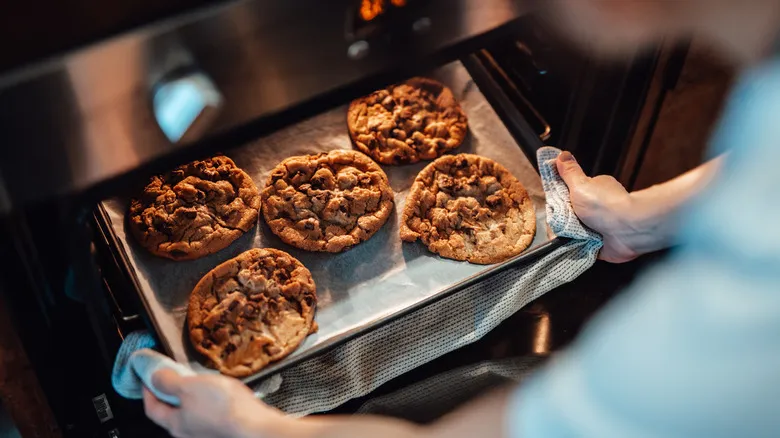
Why Rotating Your Pans Matters For Baked Goods

The Closest Substitute For Caster Sugar In A Recipe
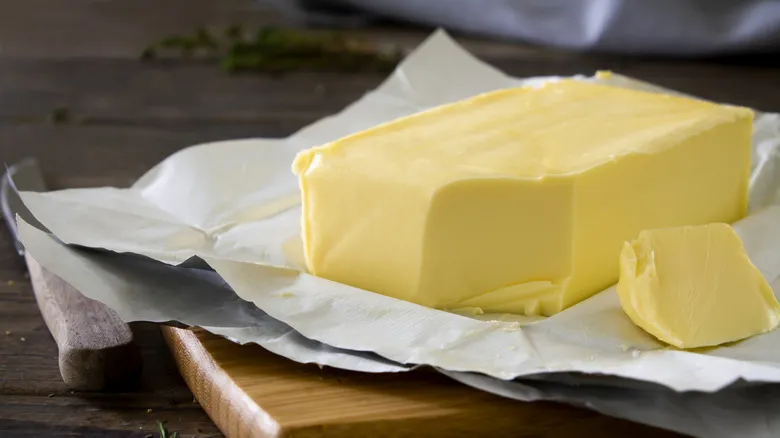
Here's How Many Sticks Of Butter Are In One Cup
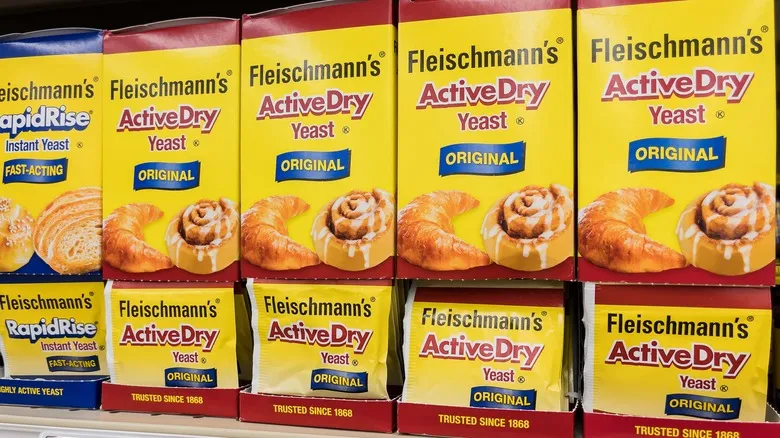
The Difference Between Active Dry And Instant Yeast Explained
Next up

